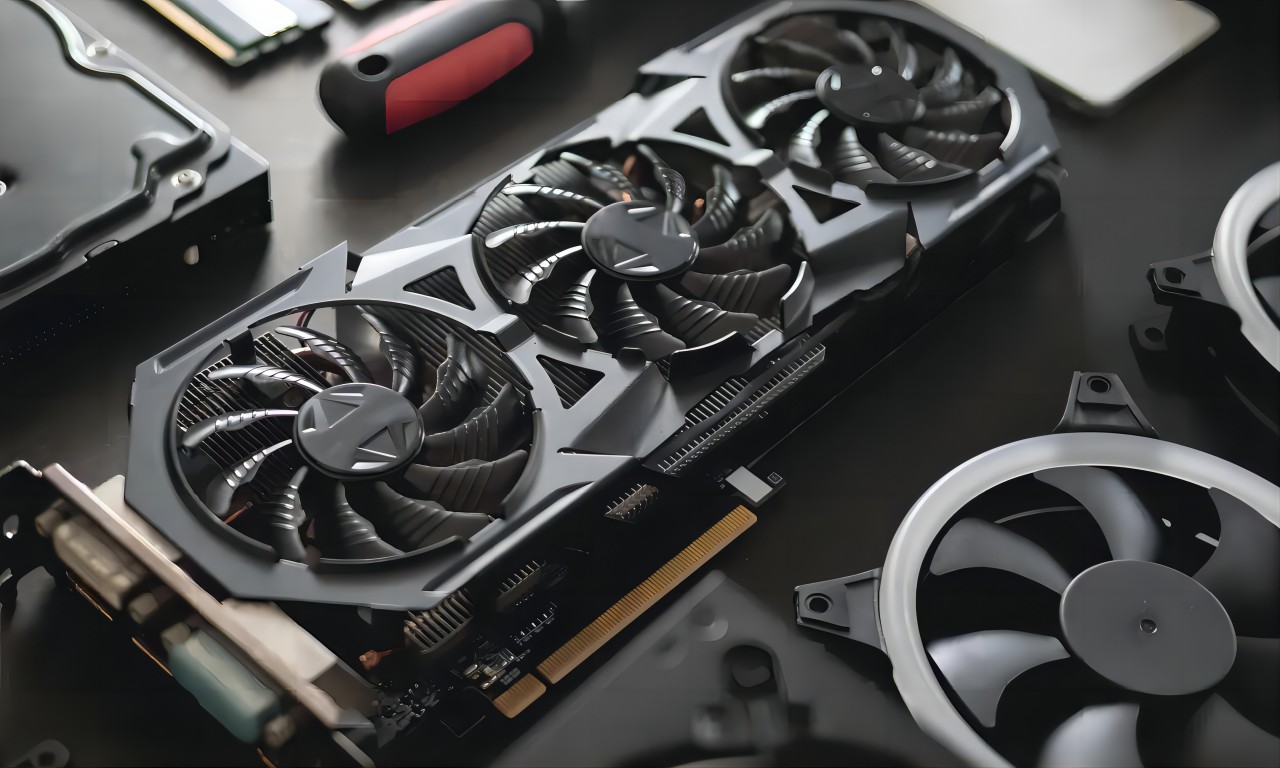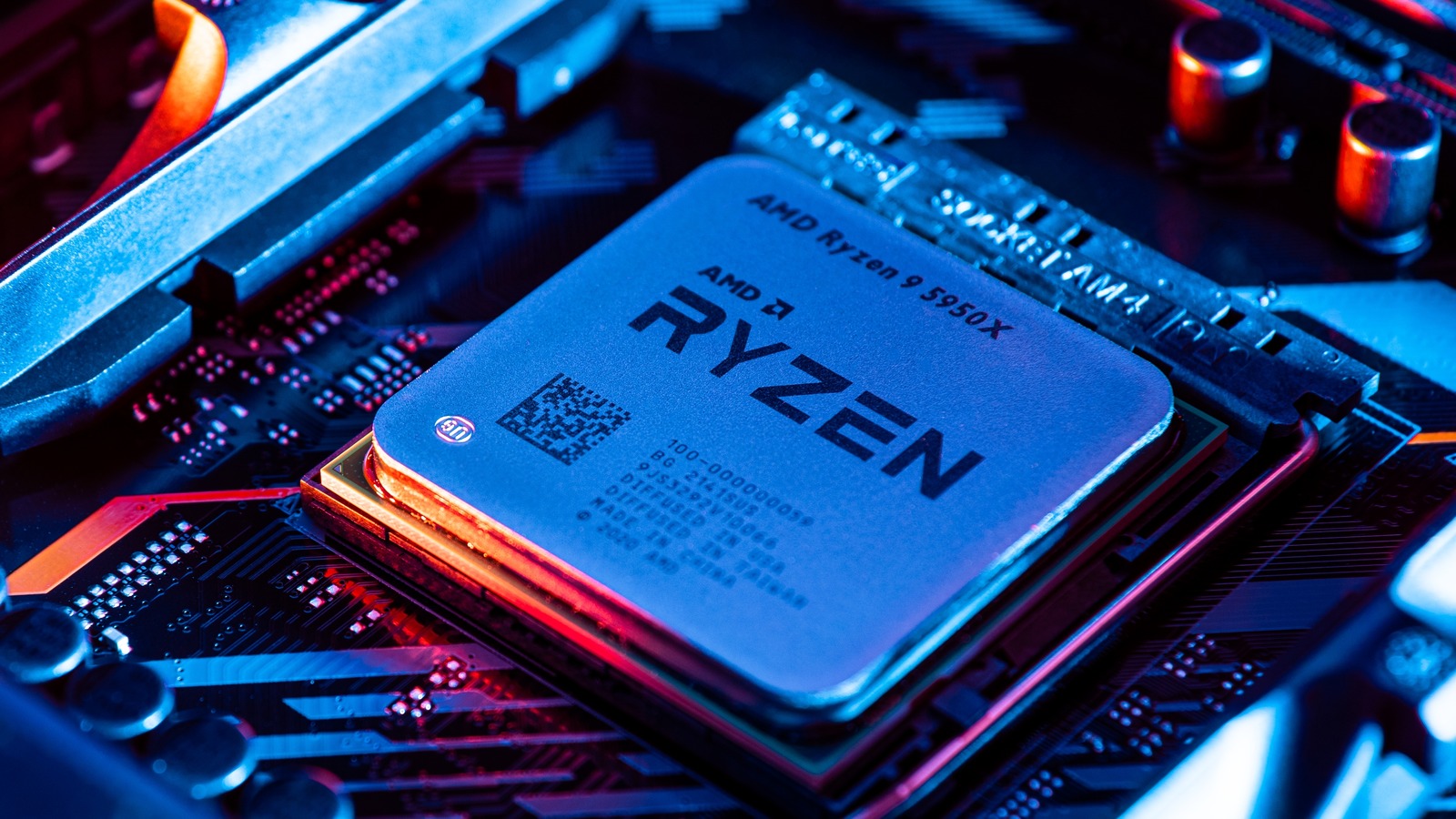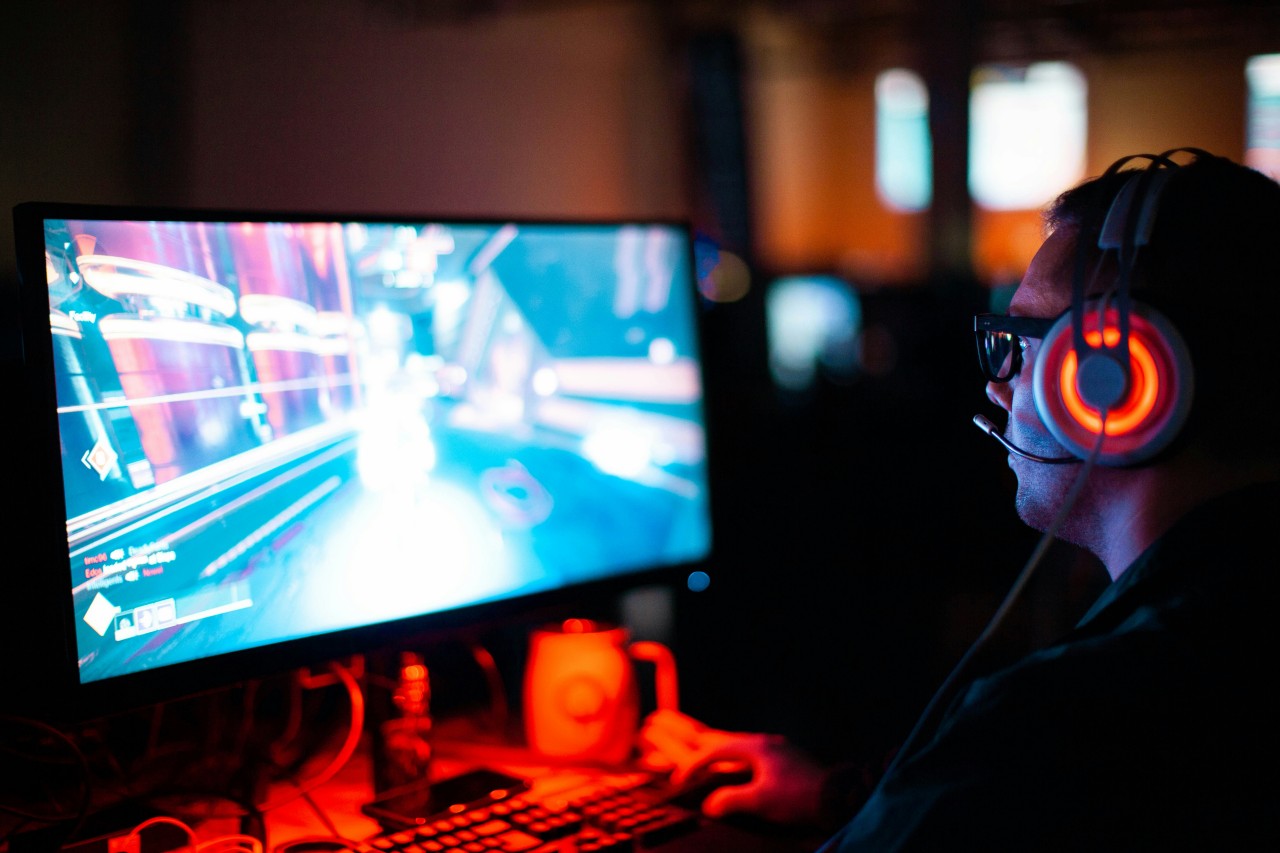Optimizing in-game and system settings is essential for the best gaming performance on your custom PC. Here’s a comprehensive guide to help you achieve peak performance by fine-tuning your setup.
Configuring In-Game Settings
1. Graphics Settings
Resolution: Match your game’s resolution to your monitor’s native resolution. Higher resolutions offer better visuals but require more processing power.
Texture Quality: Set to high if you have ample VRAM; otherwise, use medium or low.
Shadow Quality: Lowering shadow quality can free up resources without drastically affecting visuals.
Anti-Aliasing: FXAA or TAA provide a good balance. Lower or disable for better performance.
V-Sync: Prevents screen tearing but can introduce input lag. Disable for lower input lag and enable G-Sync or FreeSync if supported.
Post-Processing Effects: Effects like bloom, motion blur, and ambient occlusion add to visuals but can be taxing. Lower or disable them for better performance.
2. Advanced Graphics Settings
Draw Distance: Reducing draw distance can boost performance.
Particle Effects: Lower quality and quantity if performance drops during intense scenes.
Reflections: Lower reflection quality for improved performance without major visual hit.

3. Frame Rate Settings
Frame Rate Cap: Match your frame rate to your monitor’s refresh rate to avoid unnecessary rendering and potential screen tearing.
Adaptive Sync: Enable G-Sync or FreeSync for smoother gameplay and reduced tearing and stuttering.
Configuring System Settings
1. Updating Drivers
Graphics Drivers: Keep your graphics drivers updated for optimized performance and stability.
Chipset Drivers: Ensure motherboard’s chipset drivers are up to date for overall performance and stability.
2. System Performance Settings
Power Settings: Set your PC to “High Performance” in Windows Power Options to prevent throttling.
Game Mode: Enable Game Mode in Windows to prioritize game processes and reduce background activities.
Hardware Acceleration: Enable in GPU control panel to offload tasks from CPU to GPU.
3. Overclocking
CPU Overclocking: Use software like Intel XTU or AMD Ryzen Master to safely overclock and monitor your CPU.
GPU Overclocking: Use MSI Afterburner to overclock your GPU. Increase speeds incrementally while monitoring temperatures and stability.

4. System Maintenance
Clean Installation: Perform a clean Windows installation periodically to remove bloatware and conflicts.
Regular Updates: Keep OS and drivers updated for performance improvements and security patches.
Disk Cleanup: Use Windows Disk Cleanup to remove unnecessary files.
Defragmentation: Regularly defragment HDDs; optimize SSDs.
Additional Tips for Optimal Performance
1. Background Processes
Close Unnecessary Applications: Close apps that consume CPU, GPU, and RAM before gaming. Use Task Manager to identify and end processes.
Startup Programs: Disable unnecessary startup programs to free up resources.
2. Network Optimization
Wired Connection: Use Ethernet for lower latency and stable connection.
Router Settings: Prioritize gaming traffic with QoS settings to reduce lag.
3. Hardware Upgrades
RAM: Upgrade to at least 16GB for most modern games; 32GB for multitasking and future-proofing.
Storage: Upgrade to an SSD for faster load times; NVMe SSDs offer greater speed.
Cooling Solutions: Ensure adequate cooling to prevent thermal throttling. Consider additional case fans or a better CPU cooler.
4. Monitoring and Benchmarking
Performance Monitoring: Use MSI Afterburner, HWMonitor, or GPU-Z to monitor performance and temperatures.
Benchmarking: Regularly benchmark your system with tools like 3DMark and Cinebench to track performance changes and identify bottlenecks.
By meticulously configuring in-game and system settings, you can significantly enhance your gaming experience. Balancing visual quality and performance ensures smooth gameplay, and regular system maintenance keeps your setup in peak condition. Enjoy your optimized gaming!


Leave a Reply